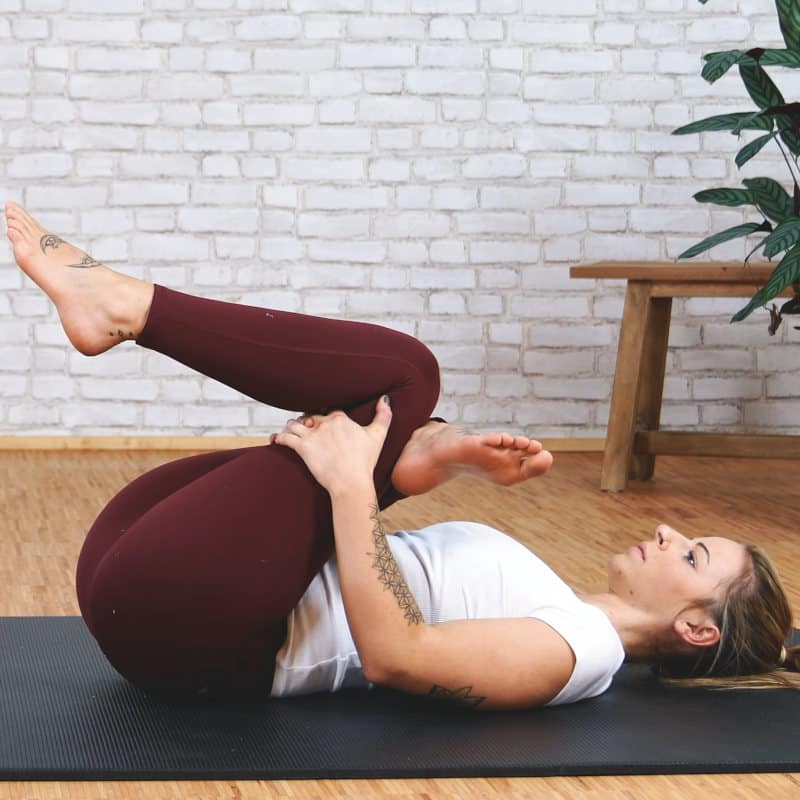Stretch for Piriformis Syndrome
Body Part:
Buttocks & Leg
Equipment:
Midi Massage Ball
Level:
Beginner
Body Part:
Buttocks & Leg
Equipment:
Midi Massage Ball
Level:
Beginner
You sat at your desk all morning. You ate lunch in front of your computer. Now it’s mid-afternoon — time for that meeting a few floors up! You stand and feel a tingling sensation in one of your butt cheeks. It gets worse as you walk. You want to be heart-healthy, so you take the stairs. As you climb, you feel the sensation in your buttock intensify. Sound familiar? You may have piriformis syndrome. Piriformis syndrome occurs when your piriformis muscle spasms or becomes inflamed and presses on your sciatic nerve. According to a study, although piriformis syndrome is an underdiagnosed condition, it is a common cause of chronic buttock pain and sciatica.1) We’ve developed 8-minute stretching exercises that can help release the tension in your piriformis muscle and relieve you of those painful symptoms. All you need is our Midi Massage Ball. If you’d like to start exercising, scroll down and follow along with our video or follow the step-by-step instructions. To learn more about piriformis syndrome, keep reading.
The piriformis is a glute muscle. One end of the piriformis is attached to the sacrum (a triangular-shaped bone between your hips) and the other to the greater trochanter (a rounded protrusion at the top of your thighbone.) The piriformis has a full to-do list; the muscle is involved in almost every movement our lower body makes. The piriformis allows us to rotate our hips outward and move our thighs from side to side. The muscle stabilizes our hips when we stand, walk, or run. The sciatic nerve — the largest in our body — is attached to the sacrum and runs under the piriformis down our thighs. The nerve branches off at the knees and continues into our feet. If the piriformis muscle becomes irritated, inflamed, or spasms, it affects the sciatic nerve. A compressed sciatic nerve can cause tingling, pain, numbness, or burning in your buttock or hip. The pain may shoot from your lower back down the back of your leg. Sitting or climbing stairs may trigger or intensify the pain.
The following can cause inflammation of the piriformis muscle:
Piriformis syndrome can occur in one buttock or both.

Sign up for our free newsletter and discover how to manage your pain yourself. Every two weeks, we’ll deliver follow-along videos and articles to your inbox.

The Glute Stretch may trigger symptoms of piriformis syndrome; this is normal. Stretch at an intensity that you can sustain.

For this exercise, you’ll need our Midi Massage Ball.
Perform our piriformis stretch 6 days a week and leave one day for rest.

Sign up for our free newsletter and discover how to manage your pain yourself. Every two weeks, we’ll deliver follow-along videos and articles to your inbox.
Then we would be happy if you shared it with your friends: